Western Bulk Herbs – Cinnamon Sticks 6″
Cinnamon stops vomiting, relieves flatulence, and given with chalk and astringents is useful for diarrhea and hemorrhage of the womb. In recent studies have shown it be helpful with diabetes in lowering blood glucose and cholesterol levels.
In studies by the U.S. Department of Agriculture in Maryland it showed an amazing ability to stop medication-resistant yeast infections. Another published study showed it reduces the growth of leukemia and lymphoma cancer cells. In yet another study it had an anti-clotting effect on the blood.
In a study at Copenhagen University, showed people with arthritis could walk without pain in one month when given one tablespoon of honey and Cinnamon every morning. You can add it to food to stop bacterial growth and history shows it was used for embalming and meat preservation as well as for baking.
Latin Name:
Cinnamomum zeylanicum
Common Names:
True Cinnamon, Ceylon Cinnamon, and Sweet Cinnamon
Parts Used:
Bark
Properties:
Carminative, astringent, stimulant, antiseptic
Traditional Uses:
Used to stop vomiting and relieves flatulence (gas)
Culinary Uses:
Mostly used in baked goods but can be added to coffee, be made into a tea, and added to stew and soup for a different taste.
Chemical Properties:
Cinnamaldehyde, eugenol, and trans-cinnamic acid. It also contains phenolic compounds, tannins, catechins, calcium, iron, mucilage, resin, natural sugars, and traces of coumarin.
Cautions:
Cinnamon should not be used during pregnancy. There is the possibility of allergic hypersensitivity. Use should be avoided by those with stomach or intestinal ulcers. Prolonged use should be avoided. Individuals with acid reflux should also use caution when taking cinnamon.
Folk Lore:
Cinnamon was used for centuries as a spice of the aristocracy and the wealthy. Due to its anti-bacterial and anti-fungal properties it was use as a meat preservative during the Middle Ages. Middle Eastern and Asians use it for main dishes, curries, stews, biriyanis, and as a marinade for beef and lamb. It’s been used as a stir stick in drinks, as a spice for pickling, and a digestive aid for after dinner. Every country in the world use cinnamon for baking, cooking, herbal remedies, and any number of other uses.
*Disclaimer: These statements have not been evaluated by the Food and Drug Administration. This product is not intended to diagnose, treat, cure or prevent any disease.
Resources:
PDR for Herbal Medicines, 2000. Medical Economics Company, Montvale, New Jersey.
The New Holistic Herbal. David Hoffmann, 1990. Barnes and Noble Books, New York.
A Modern Herbal, Mrs. M. Grieve, (Dover Publications, New York, 1971)
Major Herbs of Ayurvedic.Compiled by Dahur Research Foundation and Dahur Ayurvet Limited, Ghaziabad, India., 2002. Churchill Livingstone, London, England.
Chinese Herbal Medicine: Materia Medica, Third Edition, Dan Bensky and Andrew Gamble, 1986. Eastland Press, Seattle, WA.
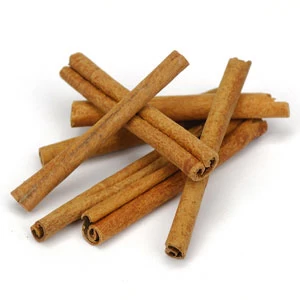


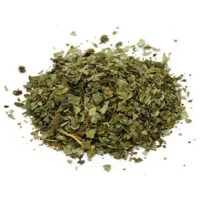
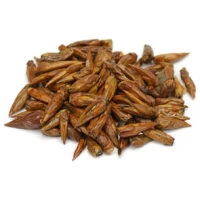
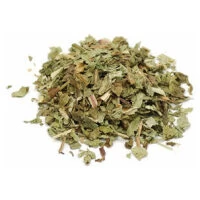
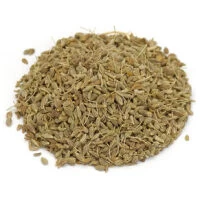
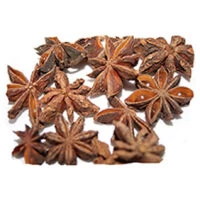
Reviews
There are no reviews yet.